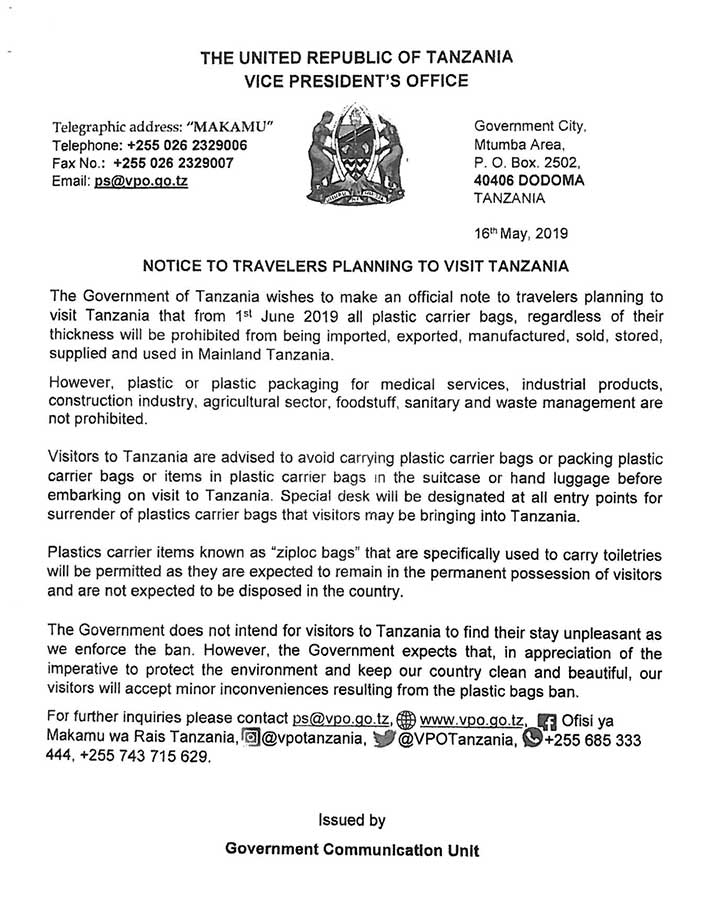In general, climbers do not need to use supplemental oxygen to climb Kilimanjaro. Kilimanjaro is a non-technical mountain, meaning that it does not require specialized climbing skills or equipment. However, the high altitude and low oxygen levels on the mountain can be challenging for even the most experienced climbers, and climbers should take steps to properly acclimatize in order to avoid altitude sickness.
Most climbers will experience some degree of altitude sickness on Kilimanjaro, but symptoms can range from mild to severe depending on the individual. Symptoms can include headache, nausea, dizziness, fatigue, and shortness of breath. In order to minimize the risk of altitude sickness, climbers should take their time ascending the mountain and allow their bodies to properly adjust to the altitude.
There are several ways to aid in acclimatization on Kilimanjaro. Climbers can use acclimatization exercises such as sleeping in high-altitude environments or using an altitude training mask. In addition, climbers can use medication such as Diamox to help prevent altitude sickness. However, climbers should always consult with a medical professional before taking any medication.
Supplemental oxygen is generally not necessary for climbers on Kilimanjaro, as the mountain is considered a moderate altitude climb. However, in rare cases where a climber is experiencing severe altitude sickness, supplemental oxygen may be used as a temporary measure to alleviate symptoms and help the climber descend the mountain safely.
In conclusion, while climbers do not typically need supplemental oxygen to climb Kilimanjaro, proper acclimatization and preparation are crucial in order to minimize the risk of altitude sickness and safely summit the mountain. Climbers should consult with a medical professional and take the necessary precautions to ensure a safe and successful climb.

